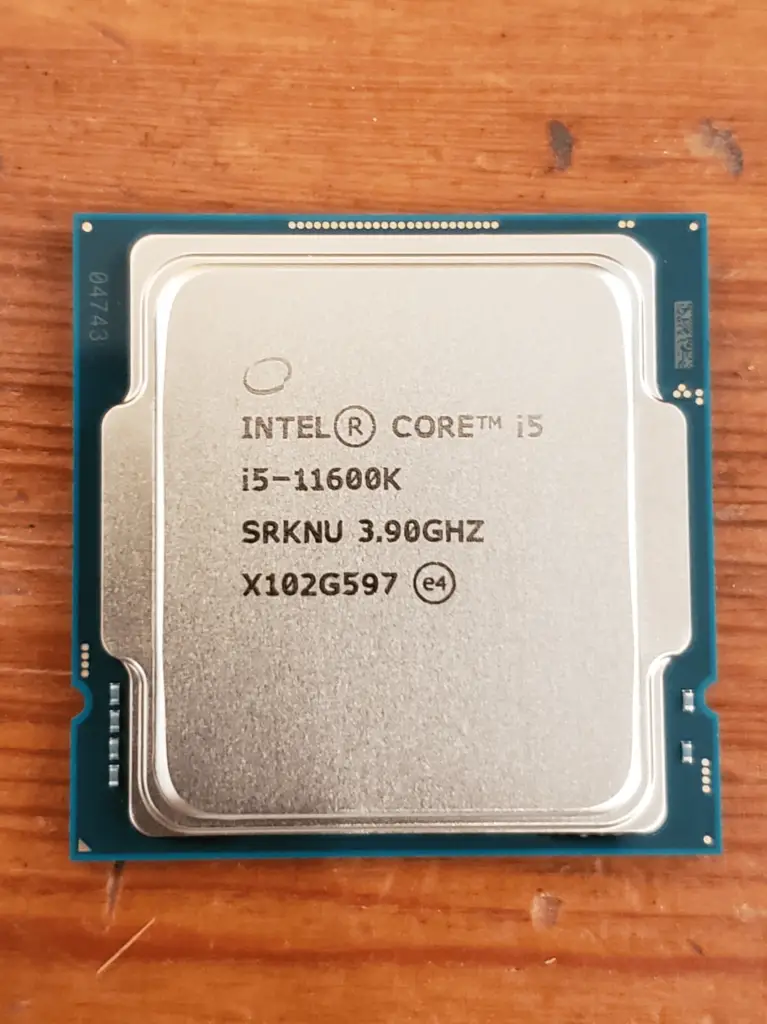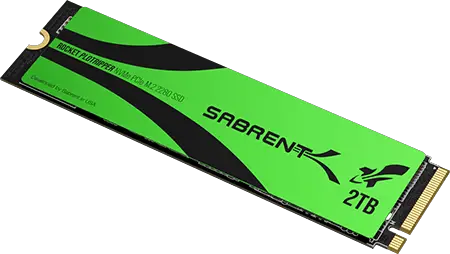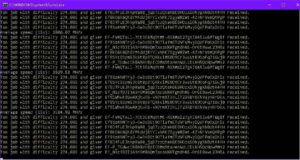Chia’s netspace is growing at an unbelievable rate. It’s up to roughly 2.2 Exabytes at the time of writing and shows no signs of stopping. If you want to maintain your odds of winning a Chia block you’ll need to grow your farm at the same rate as the netspace, or at least try.
If you’re a small-scale farmer you’re likely limited by your hardware’s capacity: You can’t plot hundreds or thousands of K32s a day like some of the industrial-scale Chia farms do.
The good news is that, while you may struggle to increase your proportion of total netspace, it’s definitely possible to maintain. At the moment, you’ll need to plot about 4 K32s a day to keep up with Chia networks’ growth.
If you’re on the edge of this threshold and need a little bit of extra plotting speed, these tips may help.
Overclock your RAM
Overclocking your RAM has never been easier than it is nowadays. With XMP technology (overclocking functionality built into most RAM), all that’s required is a single trip to your computer’s BIOS and a couple of tweaked settings.
If your RAM and motherboard support XMP, all you need to do is restart your computer and access BIOS. Depending on your motherboard model the button you need to press will vary. Common ones include Delete, F10, F11, or F12. The specific key will be listed when your motherboard’s menu appears during boot.
Once you’re in BIOS, go to the overclocking settings and turn XMP on. This will automatically boost your RAM’s clock speed, which is one factor in plotting time.
It’s important to note that XMP is only supported on motherboards and CPUs that support overclocking. Intel K SKUs like the i5-11600K, i7-11700K or i9-11900K support overclocking and thus XMP, but a Z-series motherboard such as the Z590 is requisite.
On AMD’s side all modern CPUs support overclocking, but you’ll need to avoid A-series motherboards in favor of B and X-series boards like the X570 or B550.

Overclock your RAM for faster Chia plotting speeds.
Add more CPU threads
The more threads your CPU has, the more plots it can handle efficiently in parallel. Most i3 and Ryzen 3 CPUs have 8 threads, with each tier getting four more (so i5/Ryzen 5 has 12, i7/Ryzen 7 has 16, and so on).
Especially if you make the switch to a custom plotting software (which we’ll cover in a minute), more threads results in faster plotting.
If you’re using a lower-end processor and want to increase your plots per day, buying a higher-powered CPU with more threads is one way to achieve this.
If you’re going for a really high thread count, AMD leads the market in this category with its Threadripper CPUs (some have up to 128 threads, but they’re insanely expensive). A more realistic high-thread processor is the Ryzen 9 5950X, which boasts 32 threads.
If you upgrade to an higher-thread overclockable CPU, you’ll be killing two birds with one stone (assuming you have a capable motherboard) since you’ll be able to overclock your RAM and add some CPU threads in one fell swoop.
If you’re on a tight budget, though, more threads might not be feasible. It’s okay to stick with what you have; there are plenty of other ways to decrease plotting times.
See Also: The Best Budget Chia Farming Rig

Upgrade your Storage
Your storage determines not only the amount of plots you can farm concurrently, but also the speed at which you create these plots.
A lot of people already know this; they buy fast NVMe drives with high sustained write speeds to allow for the fastest possible plotting speeds.
For those using hard drives or SATA SSDs this is the easiest way, by far, to speed up plotting.
If you’re already using an NVMe there are still several options that may be faster. If you’re using a PCIe gen 3 SSD, you can switch to a gen 4 drive with twice the bandwidth as long as your motherboard supports it.
For even faster speeds opt for a U.2 Enterprise-grade drive like the WD Gold. Its sustained speeds are far higher than most M.2 NVMes because it’s designed for long, constant writes, unlike consumer drives.

Use a faster plotting software
Last but not least, you can try out the newly-released plotting software created by the GitHub user nicknamed “Mad Max.” While Chia’s default plotter maxes out at 4 CPU threads per plot, Mad Max’s Chia Plotter is able to utilize all threads.
This allows for insane plotting speeds in the 20-30 minute range for a K32. This is, by far, the cheapest way to improve performance, but it’s perhaps the most difficult to implement.
You can find the GitHub page for the Windows version here. For all other versions, go here.
We recommend checking out our article on the Mad Max plotter for more information.
Conclusion
If you implement all four of these methods you’ll find that your plot speeds are substantially faster. We highly recommend trying out the new plotter, as it’s certainly the cheapest option and has a very high upside.
Regardless, good luck and happy plotting!
Art of PC is reader-supported. If you make a purchase through one of our affiliate links, we may receive a commission. Thanks for your support!




